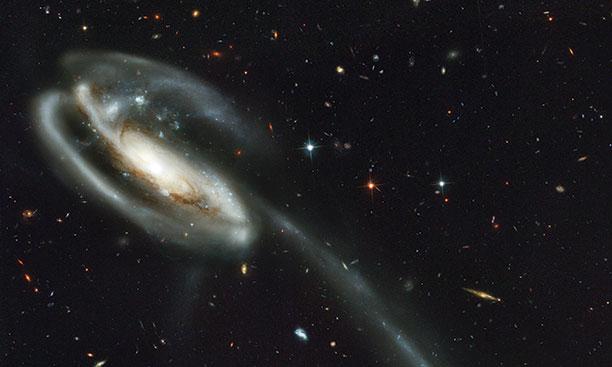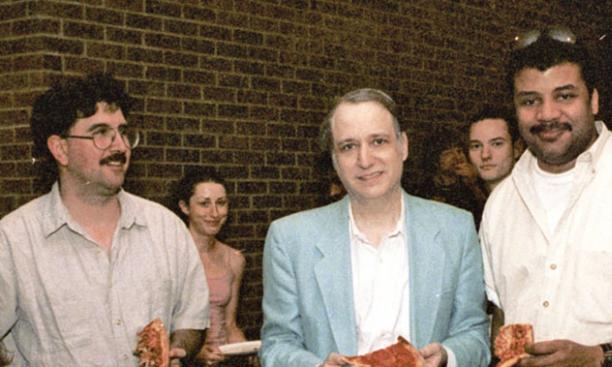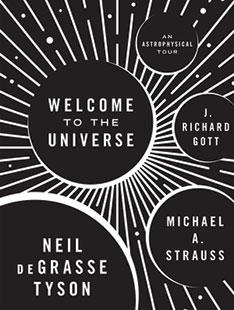
Who hasn’t looked up at a clear night sky and wondered at the vastness of the universe? But even if we are moderately acquainted with the basics of astronomy — billions and billions of stars, the Big Bang theory, E=mc2 — most of us have a hard time conceiving of its enormity. Princeton astrophysics professors Michael Strauss and J. Richard Gott *73 deconstruct the heavens in their new book, Welcome to the Universe: An Astrophysical Tour (Princeton University Press). Written with Cosmos host and former Princeton professor Neil deGrasse Tyson, it aims to demystify the complexity of space by showing how some of the greatest theories of our time were created.
“It’s very easy to provide a lot of amazing facts and beautiful pictures,” says Strauss. “But the processes by which these conclusions are arrived at get left behind. We try and make that accessible to the average reader.” Based on a class for nonscientists, Astrophysics 203: The Universe, which the trio taught together at Princeton from 1999 to 2003, the book mimics its conversational tone — starting with Tyson’s explanation of exponential numbers using McDonald’s burgers.
“We think astrophysics is fun, and we are anxious to communicate that,” says Gott, who retired last year.

The book is presented in three units: The first part, written by Tyson, explains stars and planets; then Strauss unpacks galaxies; and the third part, written by Gott, illuminates Einstein’s theories of relativity. Along the way, the book presents plenty of interesting facts — for example, that there is a supermassive black hole at the center of our galaxy with the gravity of hundreds of billions of suns. But it also guides readers gently into the mathematics behind how that gravity is calculated — or for that matter, how theories like E=mc2 and the Big Bang were developed. “The theory that the universe exploded out of a center of infinite density 13.8 billion years ago sounds like some crazy notion,” says Strauss. “But it is actually one that follows logically from a series of observations.”
More than anything, the authors hope to describe the human side of science. After all, many of the greatest discoveries in the field of astrophysics have been made within our lifetime, by a relatively small group of people. “I always say that the universe is so big, and we are so ignorant about it, that with a little perseverance and hard work, discoveries are relatively easy to make,” says Strauss. The authors convey an infectious feeling that any of us can understand the farthest reaches of space and contribute to humanity’s great quest to understand the cosmos.
“When people read this book,” says Gott, “they can find these stories inspiring and maybe say, ‘I can discover something like that, too.’”

